Introduction
Have you ever wondered what it would be like to have a chirping bird inside your car or on your doorbell? Well, wonder no more! With the chirping bird circuit, you can hear birds chirping wherever and whenever you want. This versatile circuit can be used for various applications, from doorbells to car horns, and even incorporated into plastic birds.
The circuit comprises two astable multivibrators that produce a warbling effect, making it sound like a real bird. So, if you want to add a touch of nature to your life, read on to learn more about this chirping bird circuit and how it works.
Hardware Required
| S.no | Components | Value | Qty |
|---|---|---|---|
| 1 | Speaker | 8ohm | 1 |
| 2 | Polar Capacitor | 10uF, 2000u | 3, 1 |
| 3 | Resistor | 1.5k, 2.2k, 68k, 10, 1k | 4, 3, 2, 1, 1 |
| 4 | Variable Resistor | 10k | 1 |
| 5 | Transistor | HA22 | 5 |
| 6 | Non Polar Capacitor | 47n | 2 |
Circuit Diagram

Circuit Explanation
The chirping bird sound simulator circuit has two astable multivibrators, with the upper one setting the tone and the lower one setting the repetition rate. The tone oscillator has two bias resistors fed by the rate oscillator output through a variable resistor (VR1).
Change of Tone
The tone changes every half cycle, with the fundamental tone set by the position of the variable arm of VR1. The tone can be varied over a wide range by using 2.2k resistors in the base and a 10k variable resistor. Changing the collector-base coupling capacitors of the tone oscillator also produces a change of tone.
Change of Repetition Rate
The repetition rate can be varied by changing the collector-base coupling capacitors, while a 10uF capacitor from the variable point of the potentiometer to the ground shapes the square wave generated by the rate oscillator.
Smooth Operation
The introduction of a capacitor rounds off the square wave, producing a warbling effect. The sound’s decay period depends on the capacitor’s value and the circuit’s output. The supply voltage affects the tone, but it can be reset by adjusting the variable resistor. Smooth operation is possible over a wide range of supply voltages.
Eliminating Harmonics
A capacitor across the primary of the transformer can eliminate harmonics. Compared with the blocking oscillator circuit, this circuit is easier to manipulate to obtain the desired sound effect.
Final Words
The chirping bird circuit is versatile and easy to operate, making it useful in a wide range of applications. It produces a warbling sound that can be adjusted by varying the tone and repetition rate, making it an excellent choice for doorbells, horns, or bird chirps in plastic birds. Try out this circuit; for any query, our comment section is there for you!


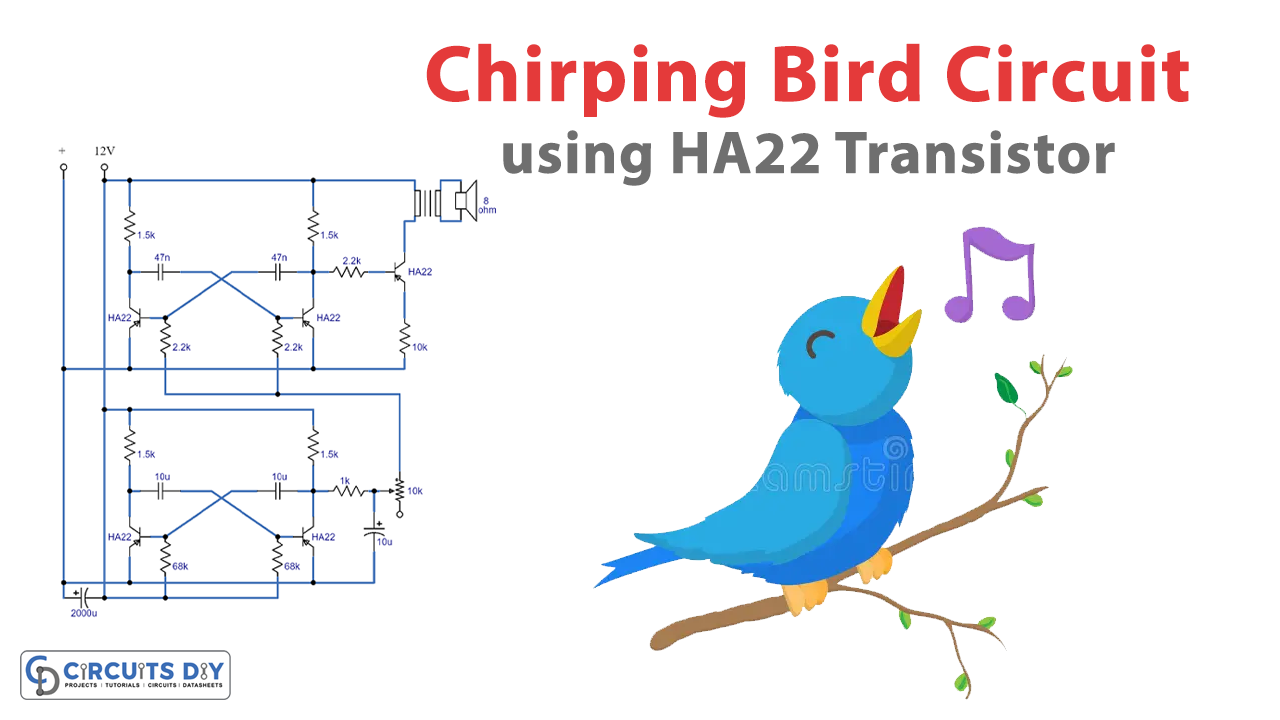

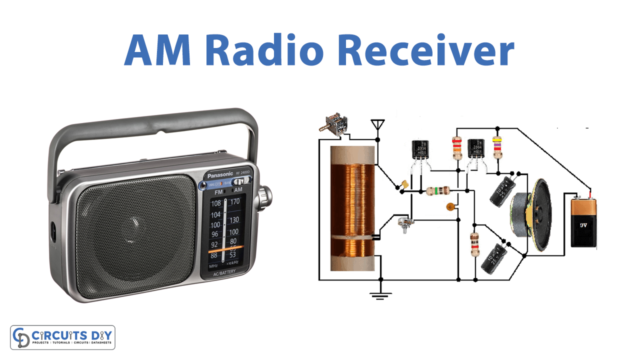
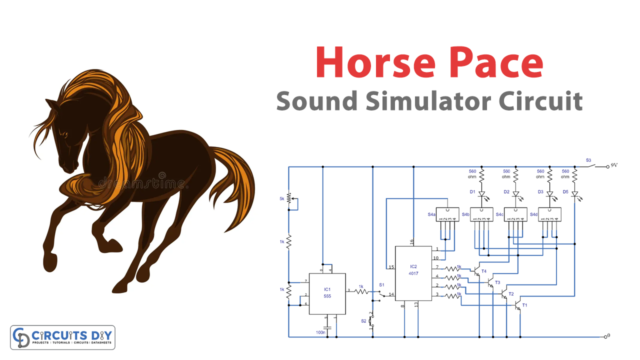
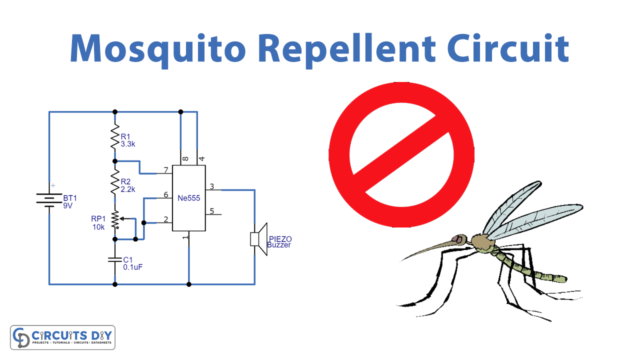

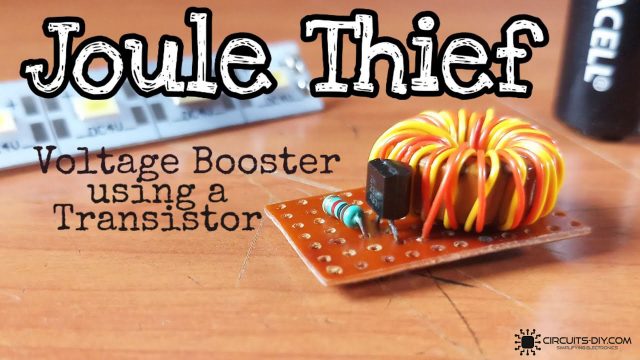





Hello,
where can, i buy ha22 transistors. thanks.